
Test planning is an integral aspect of the software testing life cycle. Regardless of your product, requirements, or scope of work, you need a comprehensive test plan to design and execute successful software tests.
If you lack the required resources or don’t know how to prepare a test plan then you can easily hire a reputed software testing company to analyze the digital products for you. After understanding the requirements, they can expertly craft a detailed test plan which allows them to navigate through the complexities of the modern testing process.
Read this blog to explore the concept of test plans, their components, and their importance. Here, we also provide a step-by-step guide to creating your own test plan.
1. What is a Test Plan?

A Test Plan is a comprehensive document that outlines the strategies, goals, timeline, equipment, technology, estimates, due dates, and manpower that will be used to perform testing for the software products. It serves as a guide for test managers to ensure that the particular project meets all the requirements.
- A well-written test plan document adapts to new information and stages of the project.
- It’s the hub around which a testing team’s efforts revolve.
Everybody involved in the project, including industry experts, program managers, and development teams, has access to the test plan. All parties involved in the software development process will benefit greatly from this level of transparency in the entire testing process.
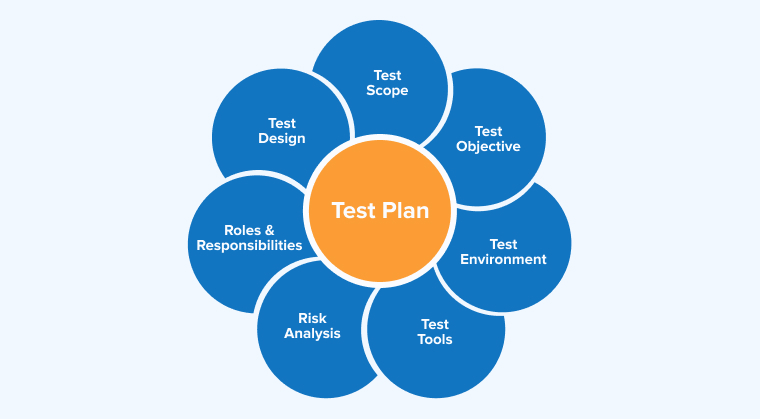
Executives and team heads in quality assurance (QA) compile the test plan with feedback from QA (and occasionally non-QA) team members. Its creation shouldn’t consume more than a third of the whole project budget.
1.1 Importance of a Test Plan
You need to create and use a test plan in your software testing process because it offers numerous benefits including, but not limited to:
- Acts as a detailed guide: Using a test plan feels like following a map to reach your destination. It covers every step of the journey with details on individual responsibilities, testing methods, and tools to use.
- Risk mitigation: A well-defined test plan helps identify potential risks across the entire testing process and outlines various contingency plans to mitigate them.
- Enhanced QA support: A test plan ensures that you cover each aspect of the software and address every testing requirement. It aims to find and fix all the defects before the software release.
- Resource optimization: Having a proper test plan in place helps in efficient resource management. A test plan includes the tests you need to run which also helps identify the required resources such as personnel, environment, tools, and more. This gives you a chance to plan and allocate these resources effectively avoiding unnecessary strains.
1.2 Components of a Test Plan
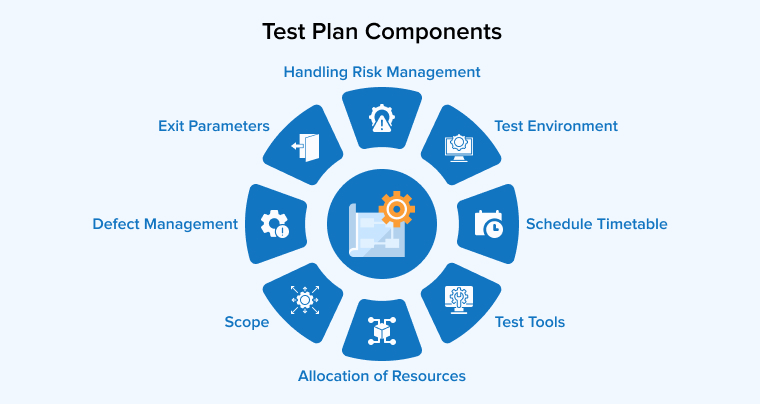
Following are the components of a test plan:
- Scope – It specifies testable user cases. The project’s scope may exclude certain cases or problems.
- Schedule – Specifies when testing will start and when results are expected.
- Allocation of Resources – It indicates which tester will work on which test plan.
- Test Environment – It explains in depth the characteristics, capabilities, and limitations of the testing environment.
- Testing Tools – Software testing tools specify the resources that will be used for testing, issue tracking, and similar tasks.
- Defect Management – It defines who should be notified of defects, how to submit them, and what information should accompany each report during the test management process like images, text records, or clips of code problems.
- Risk Management – Lists the potential hazards that might arise during software testing, as well as the dangers that the program itself would face if it were deployed without adequate testing.
- Exit Parameters – It provides information on the mandatory termination of testing. This part details the outcomes that should be achieved through the test procedures, providing a standard against which testers’ actual outcomes may be evaluated.
1.3 Types of Test Plans
Test plans come in three different types. Each type fulfills a different requirement. Let’s look into each type closely.
1. Master Test Plan
This type of test plan consists of multiple layers of testing and combines several testing methodologies. It provides detailed guidance on how to plan and execute tests at different levels, giving a broad picture of the primary decision-making, strategies, and so on. It covers a list of tests that have to be done, test coverage, the links among several test levels, etc.
2. Phase Test Plan
Focusing on a specific step of the testing process, a phase test plan provides more details on the elements described in the master test plan. This type of test plan focuses on how to execute and manage testing tasks during a certain testing phase.
It contains other important details specific to the assigned phase, like testing effort, benchmarks, particular activities, templates, and other necessary details.
3. Specific Test Plans
Strategies for conducting specific types of testing include security and performance tests. Performance testing is a type of software testing used to find how a system acts and executes under a certain load. Security testing is software testing used to identify weaknesses in the system and assess whether its resources and data are protected from potential attackers.
2. Difference between Test Strategy and Test Plan
A test plan is an in-depth record that lays out specific test activities, the project’s scope, its outputs, and its expected resource requirements.
Compare the Test Strategy and Test Plan in more depth below:
| Key Difference | Test Plan | Test Strategy |
|---|---|---|
| Definition | A Test Plan describes how to test a project or product, including its scope, goals, tools, and plan. | A Test Strategy outlines objectives, approaches, and methods to test the software. It guides you in planning and running the tests and mitigating the risks associated with it. |
| Scope | Describes in detail what aspects of the app need to be tested, which tests to run, test cases, tools and technologies to use, etc. | Outline the principles to which all the app tests in your project must adhere. |
| Timeline | It is usually made after the test strategy and includes specific dates for testing tasks and phases. | Designed at the start of the project’s lifecycle to provide an overview before more detailed test planning occurs. |
| Components | It includes elements like the test plan ID, product features, criteria for passing or failing features, testing methods, tasks, test outputs, and more. | It includes aspects like team structures, goals, limits, different types of paperwork, and more. |
| Responsibility | It is usually formed by top managers or test architects. | Test leads or test managers usually create these for a given task. |
| Changes | Possible to make changes during the project as more specific information is gathered or as the project’s needs evolve.c | Usually stays the same and doesn’t change much unless the project’s goals or scope change significantly. |
| Timeframe | Long-term, encompassing many projects and issues. | Short-term, so it fits with the project’s timeline and release dates. |
| Updates | Less often, usually once a year or every six months. | More often, and changed as the project changes and fresh demands come up. |
3. How to Write a Test Plan
The following are the steps to create a test plan for successful software testing:
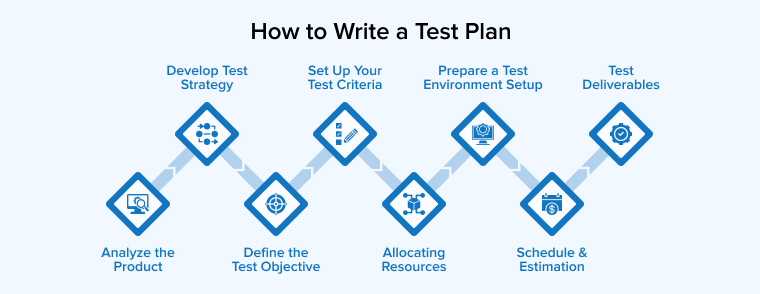
3.1 Analyze the Product
You can’t perform tests on a product properly if you don’t know anything about it. It’s impossible to do so. Before testing a product through its paces, you need to become an expert on it.
To meet the demands and satisfy the test objectives of your software’s end users, you need to conduct a comprehensive analysis of them.
- Do you know the profiles of the end users?
- Exactly what function does it serve?
- Can you explain how this function will work?
- Which operating system and hardware does this product run on?

You need to familiarize yourself with the site and read the product documentation. Becoming familiar with the website’s functionalities and operation is straightforward once you’ve read through the product documentation. Talk to the client, the programmer, or the designer if you need clarification.
3.2 Develop Test Strategy
In software testing, creating a test plan begins with developing a testing approach. The test manager is the one responsible for creating the test strategy document, which specifies:
- Plans for accomplishing the project’s goals.
- How much time and money must be invested in testing?

Specifically, the paperwork has to state out:
- Testing Scope: Includes both the to-be-tested and non-tested software elements.
- Variety of Tests that will be conducted: It gives a detailed planned analysis for the project. This is essential since different kinds of tests like acceptance testing, unit testing, and integration testing reveal various categories of errors.
- Problems and Challenges: This outlines the many vulnerabilities that might arise throughout the course of testing and the impact they could have on the final product or the company as a whole.
- Test Logistics: Identify the testers (or their expertise) and the tests that they will conduct. The testing methods and timetable are outlined here as well.
3.3 Define the Test Objectives
To ensure that tests are effective, each test case must be tied to a specific goal. Your software will be more useful to clients if every activity is directed toward that end. Goals for a test could consist of:

- Verifying predictive models.
- Validating recently added features.
- Carrying out trial-and-error experiments.
- Maintaining consistency across a product’s lifespan.
3.4 Set Up Your Test Criteria
Although this is a component of the test case, it is useful to examine it independently. The parameters used to evaluate components are simply more detailed versions of your overall goals. You can monitor your testing status by reviewing the specific information on how each goal will be achieved.
Certain conditions must be completed before testing can be canceled under suspension criteria. For instance, if a particular number of flaws have been discovered or if the program is unable to operate due to performance issues, testing progress may be put on hold.
Exit criteria are conditions that must be met before the testing phase can conclude. For instance, after all goals have been accomplished and all issues have been fixed, the test case should terminate.
3.5 Allocating Resources
Provide a resource strategy in your software testing document that describes how many persons will be needed to complete the testing. Each person’s responsibilities and the necessary education for them to carry out their work successfully should be outlined here.
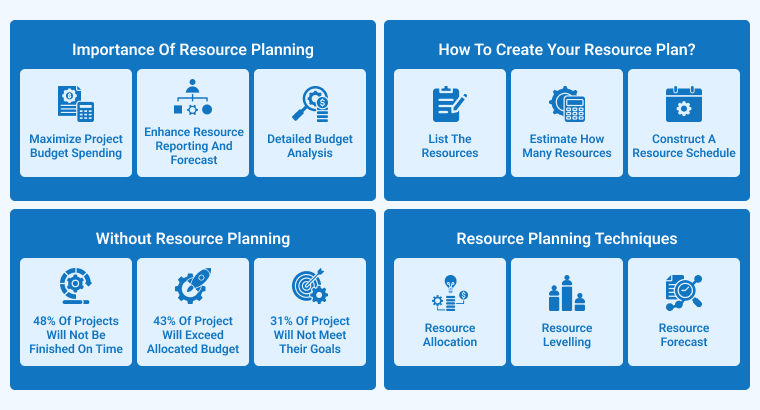
3.6 Prepare a Test Environment Setup
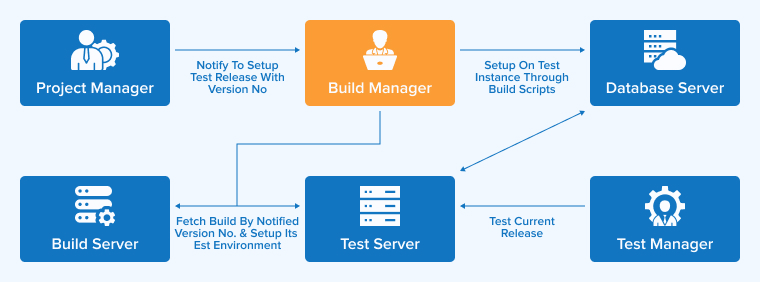
Your test plans must define the testing environment, and specify how one can set it up along with other details like:
- Equipment for testing products.
- Software and server requirements in terms of size.
- The product’s compatible operating systems.
- Details about the surrounding test environments that might have an impact on the testing procedure.
3.7 Schedule & Estimation
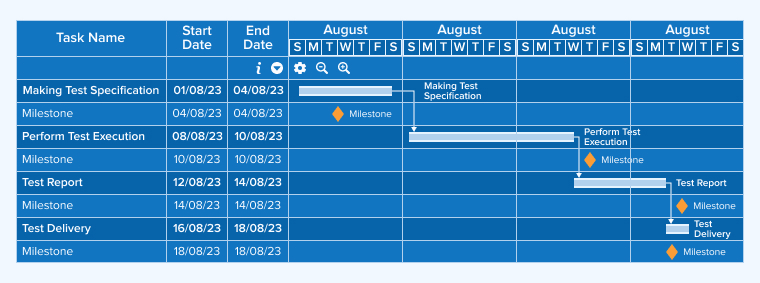
For the test assessment, split the project into individual assignments and assign the time and resources required for each in the test schedule.
Then, develop a schedule for completing these duties within the allotted time and with the specified measure of activity.
Nevertheless, the creation of the schedule requires input from various viewpoints:
- The presence of team members, the total number of hours worked, project due dates, and the regular supply of resources are essential factors to consider.
- Probabilities considered during the project’s preliminary analysis.
3.8 Test Deliverables
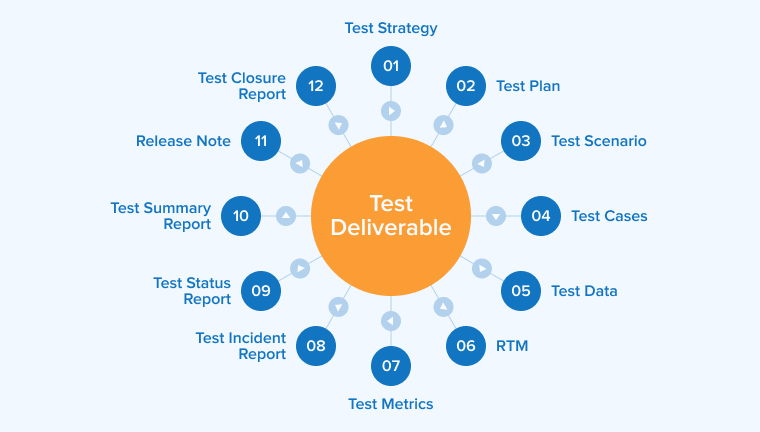
A list of all the test deliverables needed for test cases, test data, and the test environment should be included in your testing document. To ensure that everyone is prepared at the right time, these should be connected to the corresponding phases in your timetable.
4. Best Practices For Creating an Effective Test Plan
Drafting a comprehensive test plan is not enough. You need to put in the necessary efforts to make it effective. Here are a few best practices for creating a test plan that yields better outcomes.
4.1 Collaborate and Communicate
Communicate with the stakeholders to understand their expectations of the product. You can also collaborate with the product managers, developers, and anyone else who you think can provide a better understanding of testing requirements. After all, the purpose of testing is to ensure that all the programs meet the quality standards and customer expectations.
4.2 Devise a Detailed Test Case
Creating a comprehensive test case for a specific aspect or functionality of the software is one of the best practices for building an effective test plan. It includes all possible real-life scenarios including negative, positive, and boundary cases. Ensure that your comprehensive test case can be traced back to any specific requirement and validate software functionality.
4.3 Continuous Reviews and Iterations
It is important to understand that testing is a continuous and dynamic process that adjusts as per the changing development process and requirements. You can easily mitigate the risks and adapt new objectives by continuously reviewing and modifying the test plan. You must also plan repetitive tests to be conducted after implementing bug fixes or adding new features.
4.4 Plan For Test Data and Reporting
Data generated from the tests allows you to understand the component behavior or performance of specific functionality. You must identify such data and store them securely. Some of that information might be very sensitive as well. Also, establish an effective mechanism that keeps you updated on the test progress, and notifies you about the issues.
5. Conclusion
The briefing for a development project isn’t complete without a thorough test plan. Your testing document has to be clear, compact, and adaptable to accommodate last-minute adjustments or new circumstances.
This ensures that everyone on your testing team is aligned and that no important details are overlooked.
FAQ
What is a Test Plan in Agile?
An Agile test plan is a comprehensive approach to assessing software applications. Its goal is to ensure quality and minimize errors through the advancement of continuous testing during the development cycle.
What are Test Plans in Jira?
Simple test plans occupy an optimal position between a basic document and a complex test case management quality assurance system. It provides a systematic method to document your tests and outcomes directly within Jira. Your test data is stored along with issues and releases, allowing the tracking and reporting of your testing progress.
What are Test Plan Deliverables?
Test plan deliverables are documents that outline the testing process and help to document your work. Every testing procedure has a distinct set of deliverables that may consist of test strategy and test plans.


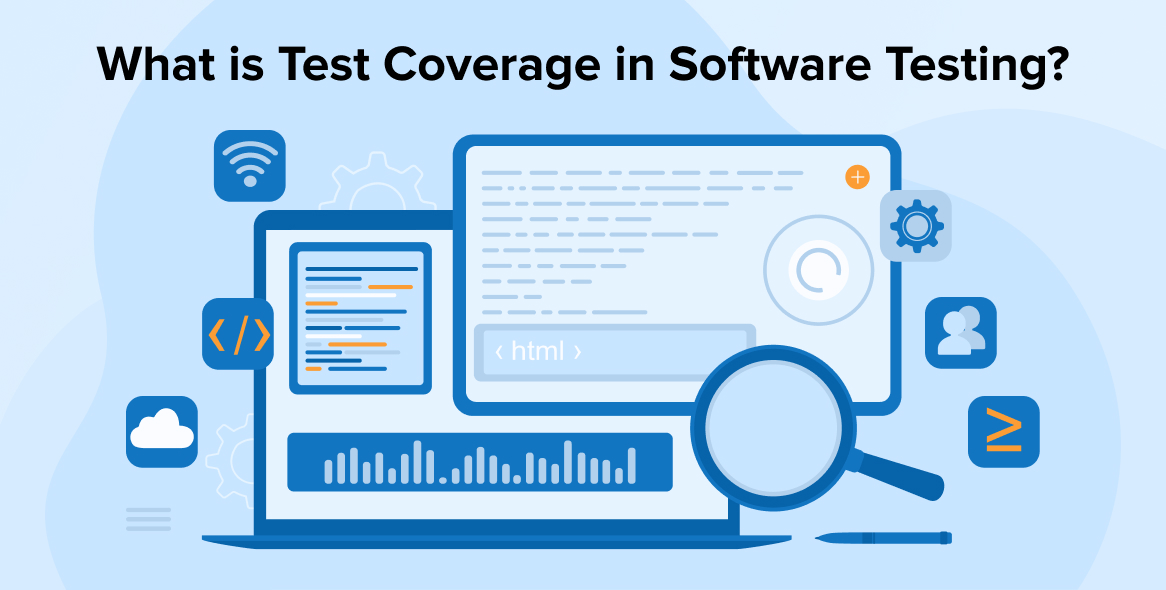
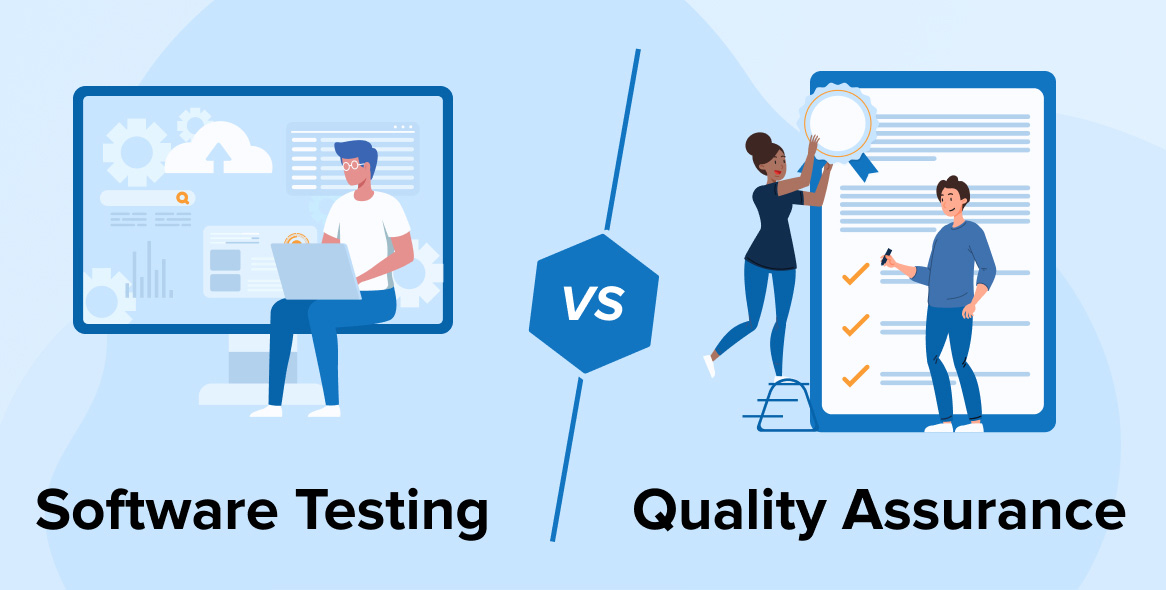


This is a must-read for any software tester who wants to understand the importance of test planning. The article could also be improved by providing more examples of different types of test plans, and by including a template for creating a test plan step-by-step that readers can use. Thank you for this article.
This article provides a detailed overview of the test plan. The test plan is the most important factor to consider in the software testing life cycle. However, many beginners neglect it. Every tester needs to implement every aspect of the software testing life cycle.